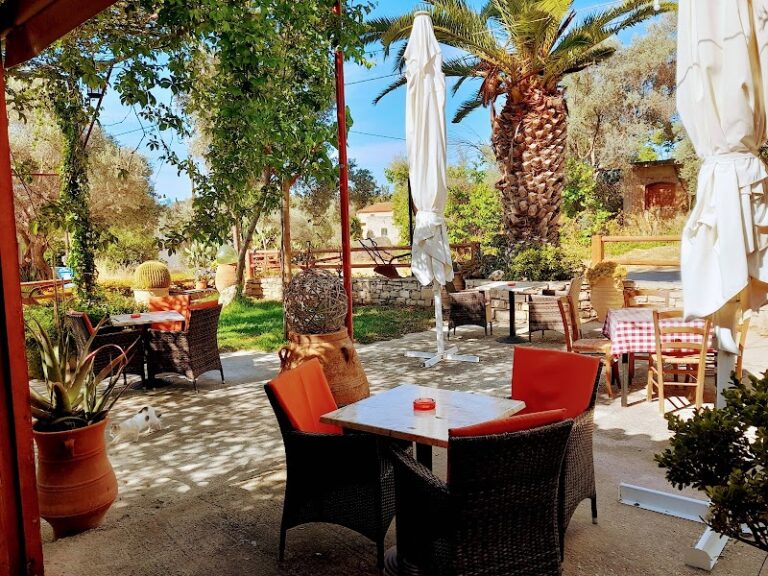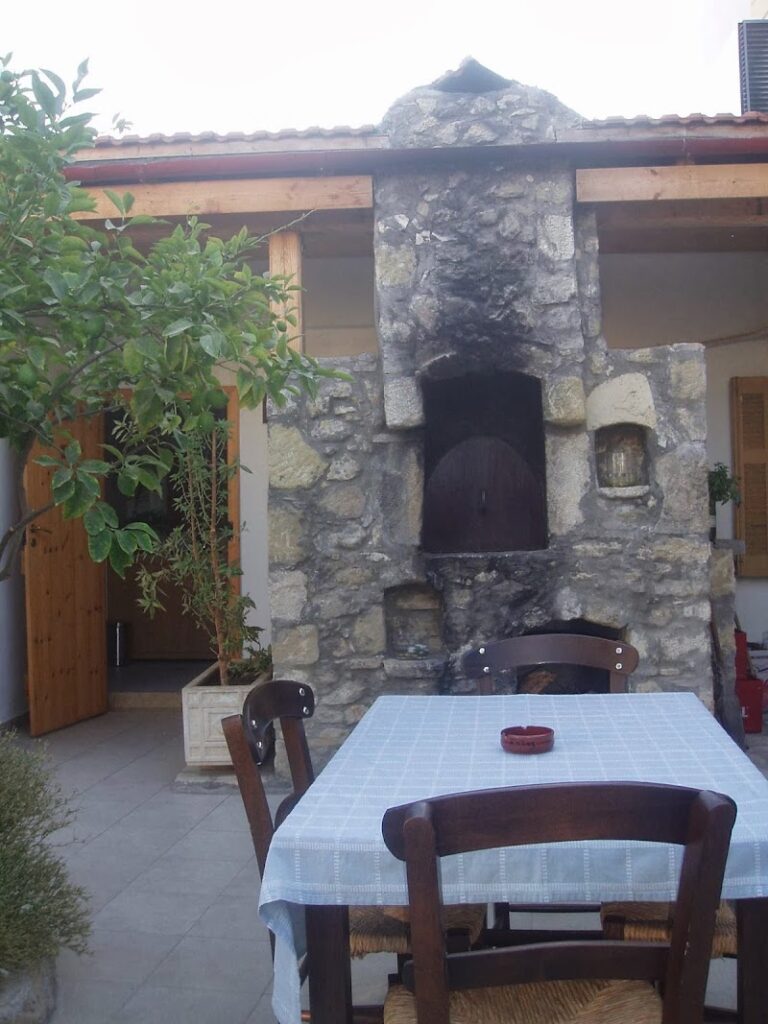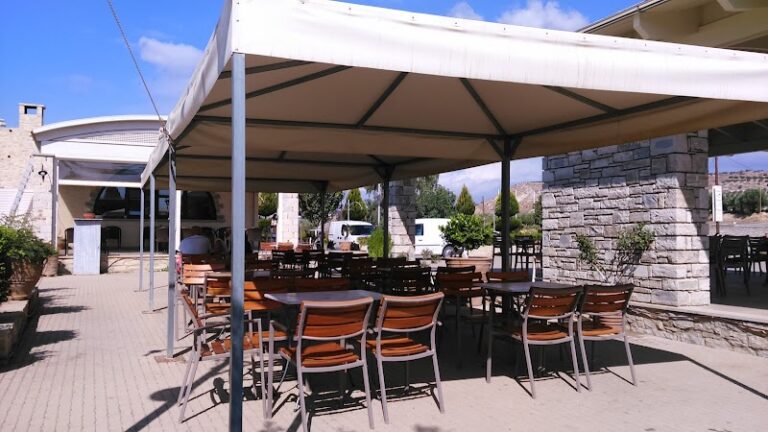These images are powered by
Minoan Palace of Phaistos
Place description
Phaistos, a Minoan city on Crete, has its ruins situated 55km south of Tymbaki. The palace of Phaistos was constructed on a low hill in the Messara plain, offering breathtaking views of the surrounding area. It is the second-largest Minoan palace after Knossos, covering an area of 1.8 hectares.
Inhabited since 6000 BC, the city prospered alongside Knossos until the 1st century BC. Phaestus is renowned for its Minoan palace, an accessible archaeological site that attracts thousands of visitors annually. Built around 2000 BC, legend has it that Minos, the king of Knossos, was responsible for its construction. The palace’s king was Minos’ brother, the mythical Rhadamanthys, the second son of Zeus and Europa, known for his fairness. He is credited with writing the Cretan Code, the first standards of Justice, later adopted by the Spartans. Due to his fairness, he was appointed as a judge in Hades after his death, just like his brother Minos.
An earthquake destroyed the palace around 1700 BC, but it was promptly rebuilt. Phaestus then declined, and the nearby settlement of Agia Triada flourished, which can still be visited today. Phaestus remained southern Crete’s most important religious center. After the 1450 BC destruction (possibly due to an earthquake), Phaestus recovered and minted its own currency. This resurgence lasted until the first century BC when neighboring Gortyn destroyed it, later becoming the new capital of Crete during Roman times.
The structures visitors see today in Phaestus date back to 1700-4150 BC and, unlike Knossos, have not been restored with cement. Excavations began in 1900 by the Italian Archaeological School, led by Federico Halbherr and Luigi Pernier, while Doro Levi conducted them from 1950-71.
A Brief Tour
The palace entrance begins at the paved north-western court (1). From there, a staircase leads to the west terrace (4) with a small theater and the tripartite sanctuary (3). Another grand staircase leads to the central courtyard and the western storehouses (6). On the opposite side, you will see the ruins of the altar and the entrance to the royal rooms. On the south side of the court lies the Neolithic kiln and the Temple of Rhea (7). To the east (8) lies the palace of the Prince and beyond that, you will encounter the mining furnace. The north palace housed a separate building, called the Archive (9), where the famous Phaestus Disc was discovered. The disc is made of clay and both its sides are engraved with 241 symbols in a spiral direction that has not yet been deciphered by archaeologists. Next to the Archive, you will see the apartments of the Queen and the King (9), and the reservoir basin.
Review stats
Excellent0%
Very good0%
Good0%
Fair0%
Poor0%
Minoan Palace of Phaistos has received 0 reviews with an average rating of out of 5
User reviews
Explore other places near Minoan Palace of Phaistos
- 620 m
- Restaurants
- ( 4.8 ) / 5
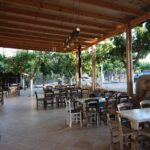
- 670 m
- Restaurants
- ( 4.7 ) / 5

- 1.4 km
- Archaeological Sites
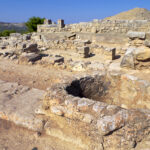
- 1.6 km
- Museums
- ( 4.6 ) / 5
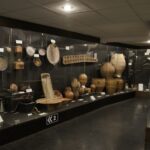
- 1.6 km
- Restaurants
- ( 4.7 ) / 5
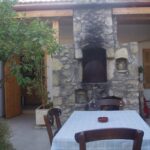
- 1.8 km
- ( 4.6 ) / 5

No results available
Reset




